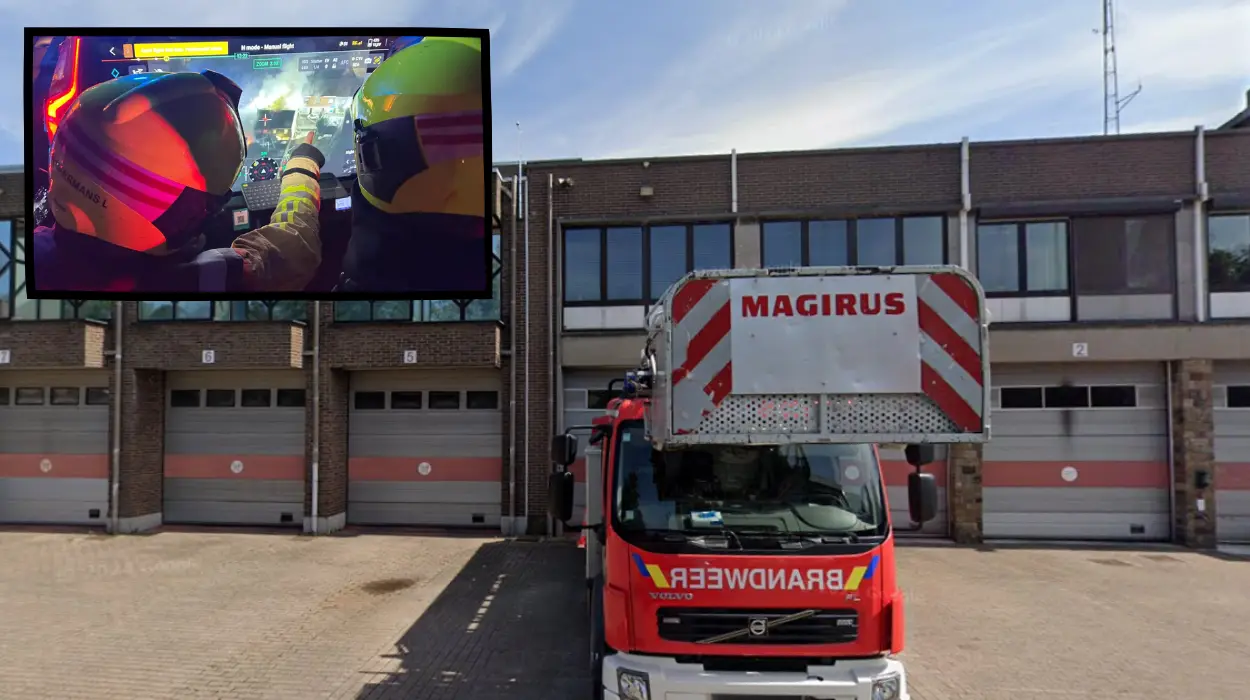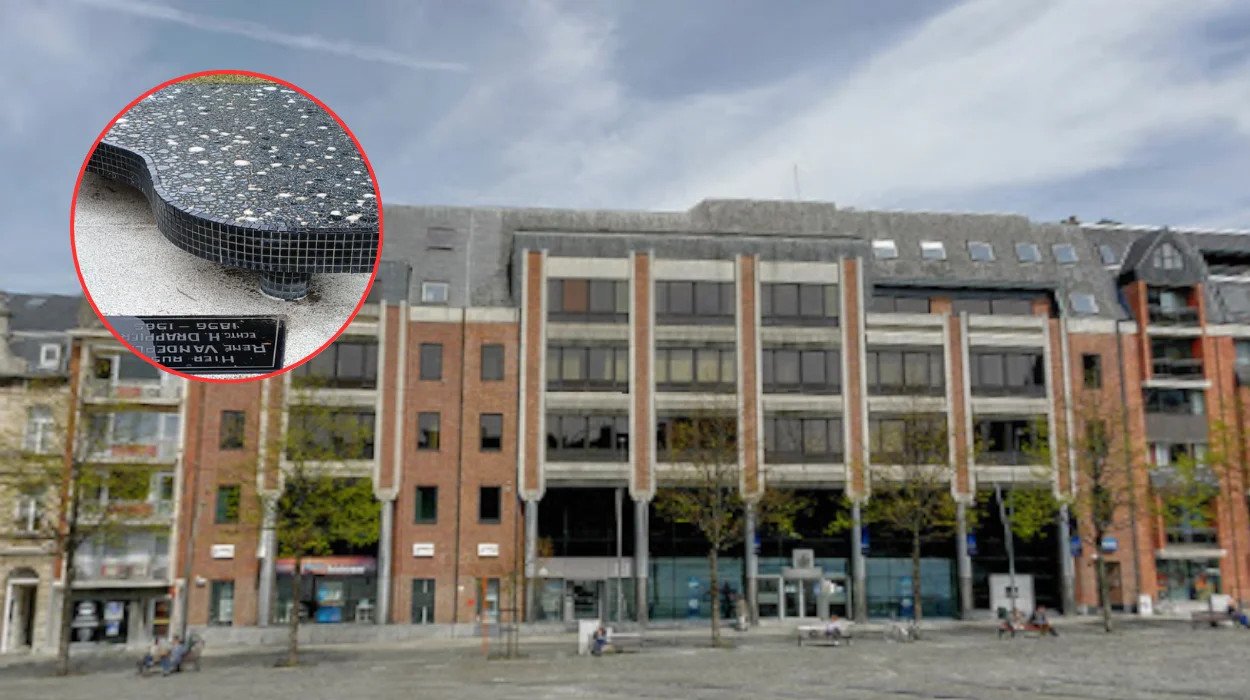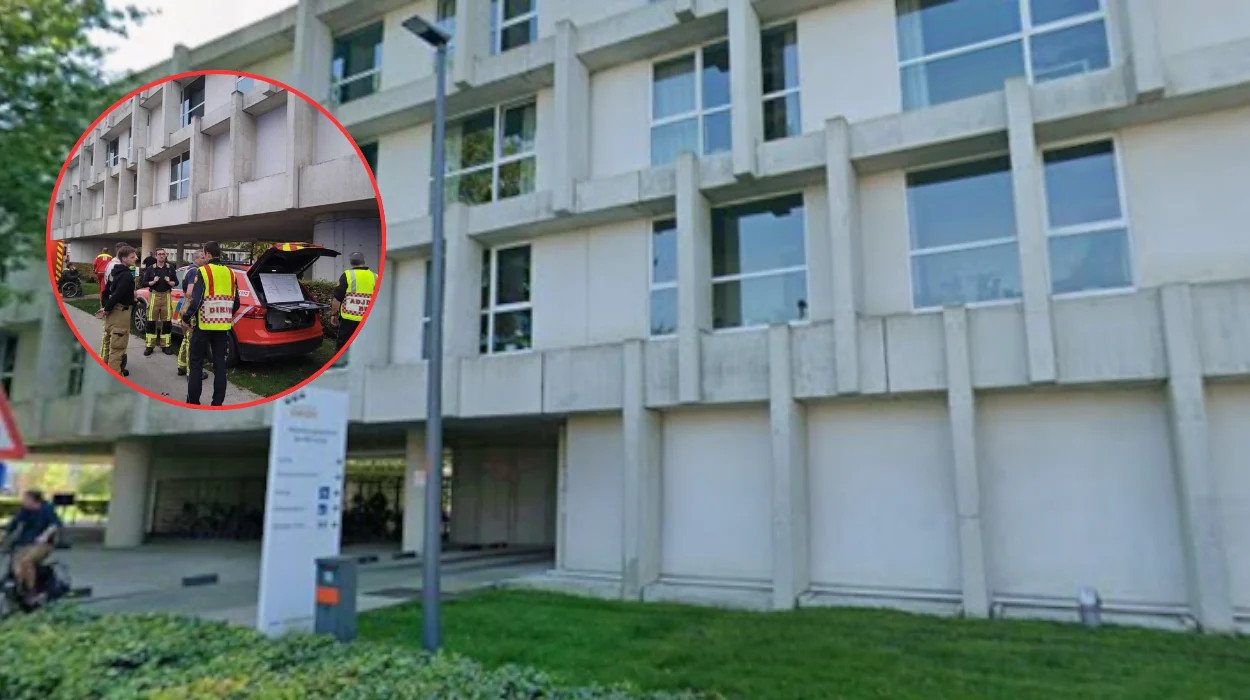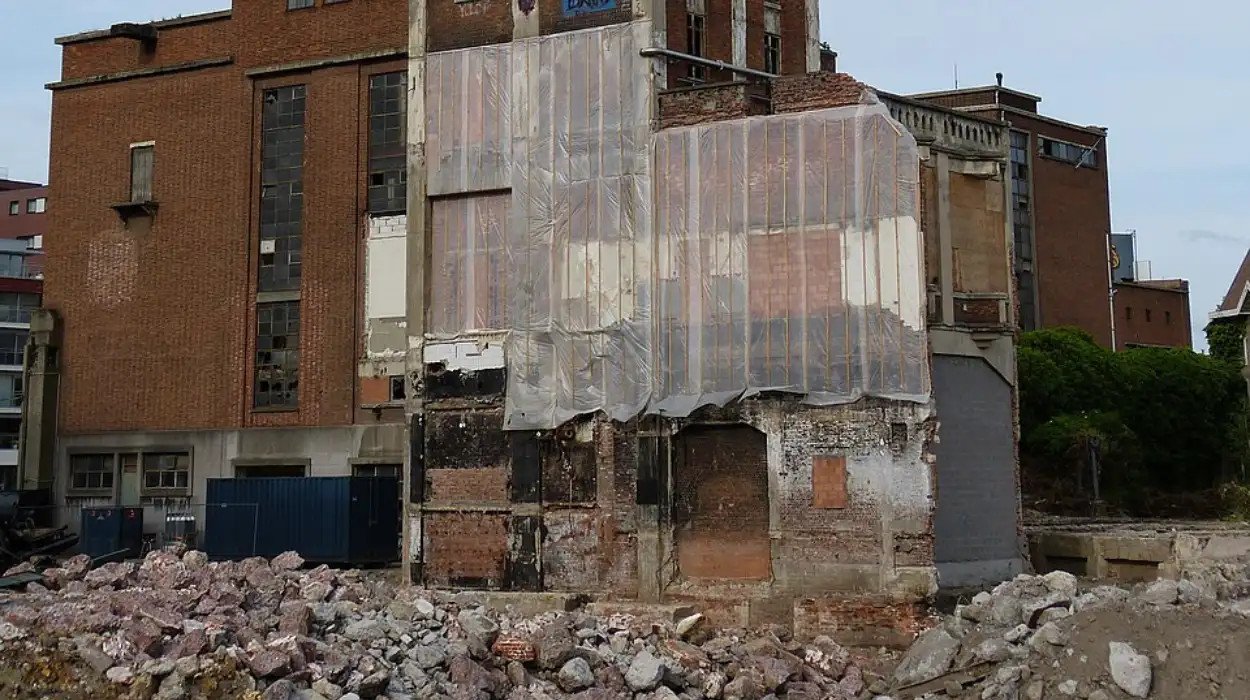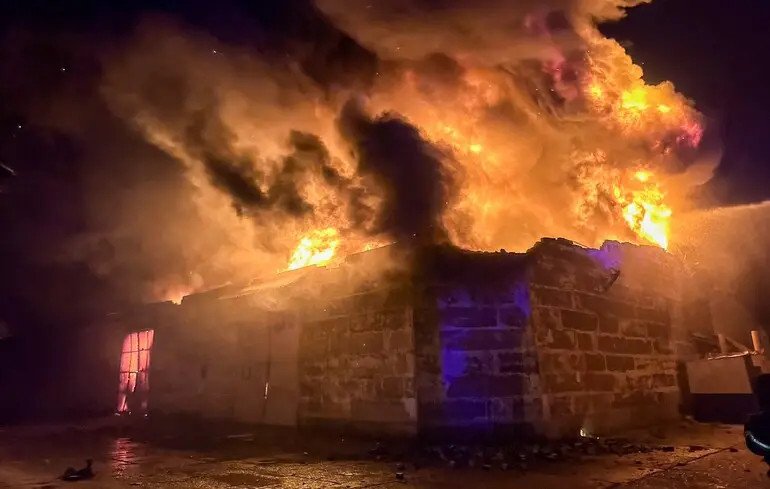Londerzeel – The Flemish Brabant West fire zone has deployed four drones operated by Citymesh to enhance emergency responses. Spokesperson Wouter Jeanfils emphasized that the use of drones enables quicker actions, thermal imaging capabilities, and heightened safety for firefighters, reports 24brussels.
This initiative in Londerzeel, Belgium, marks a significant advancement in firefighting, as noted by VRT News. Jeanfils described drones as
“one of the most important technical innovations of recent years.”
The fire department operates these drones from four sites: Affligem, Ninove, the PIVO location in Relegem (Asse), and the roof of the SKO Vollezele canteen in Pajottegem. Trained pilots control the drones remotely from centers in Hasselt (Limburg), Oostkamp (West Flanders), and Marche-en-Famenne (Luxembourg).
“As soon as we receive a call about a fire via 112, we notify Citymesh,”
Jeanfils explains.
“They operate the drones. They then immediately dispatch the drone closest to the fire.”
How are drones transforming emergency response in Flemish Brabant West?
In a recent incident, a pool house in Ternat ignited, with firefighters initially unable to see that the smoke had reached a railway line behind the garden. Drone cameras provided crucial information, enabling swift action and improved safety. According to Jeanfils, drones have become integral to emergency operations.
“Even before our first firefighters arrive on the scene, we’re already receiving live images via the drone,”
Jeanfils stated.
“This way, we’re immediately one step ahead of the fire. Where are the flames? Is there a chance of them spreading? We now have answers to all these questions much faster.”
This technology aids the Flemish Brabant West fire district in optimizing emergency responses and reducing unnecessary call-outs.
“We often get calls about car fires along the highway,”
Jeanfils noted.
“The images from the drone immediately show which reports are false alarms and which require urgent action. The same applies to fire alarms in buildings.”
Drones allow firefighters to focus on genuine emergencies, thus saving time and safeguarding both the public and the crews involved. Additionally, the thermal imaging capabilities help pinpoint elusive heat sources.
“Many times, we receive reports of a ‘burning smell’ on a street,”
explained Jeanfils.
“In the past, locating the source could take a long time. Now we can find the problem quickly and precisely.”
The district has invested in four drones and is currently training six officers, with sessions scheduled for September 2025 and January 2026 to ensure proficient drone operation.
“In Blekeristraat in Sint-Pieters-Leeuw, it wasn’t visible to the naked eye that an adjacent warehouse was threatened by the flames,”
Jeanfils remarked.
“The thermal images did provide us with that information, which immediately alerted us.”
Each drone costs approximately €5,000, which Jeanfils asserts is a minor expense considering the advantages provided. He reiterated that drones are now an essential component of modern firefighting.
“For example, we used drone footage during our search for a drowning victim in Hofstade,”
Jeanfils stated.
“During a chemical intervention, we can now also inspect without two people in chemical suits having to do the job.”
Belgium has previously piloted similar drone initiatives in other regions to support emergency services. Cities such as Genk and Brugge have employed drones to offer aerial views, allowing firefighters and police to identify smoke, locate fires, and recognize individuals in peril.
In addition, another initiative, the Safety Drone Shield, has rolled out 70 drones across the country, featuring cameras and 5G technology for real-time image transmission to control centers. These drones can be rapidly deployed following emergency calls.
